Search Thermo Fisher Scientific
FIGURE: 1 / 5
Phospho-ATG14 (Thr429) Antibody (PA5-105670) in IHC (P)
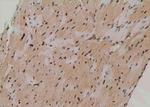
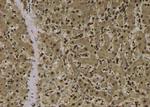
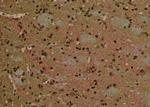
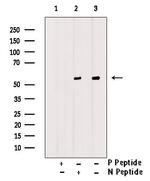
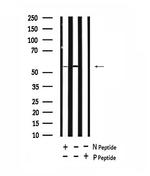
Product Details
PA5-105670
Species Reactivity
Host/Isotype
Class
Type
Immunogen
Conjugate
Form
Concentration
Purification
Storage buffer
Contains
Storage conditions
Shipping conditions
RRID
Product Specific Information
Antibody detects endogenous levels of Atg14 only when phosphorylated at Thr429.
Target Information
ATG14 (Autophagy related protein homolog 14) is encoded by the ATG14 gene and is located on chromosome 14 in humans. It is also known as ATG14L or BARKOR (Beclin 1-associated autophagy-related key regulator). Autophagy is an evolutionarily conserved process that involves recycling of misfolded cellular proteins and degradation of dysfunctional organelles. Autophagy is induced as a cellular response to nutrient stress which includes the formation of autophagosomes, fusion of these with the lysosome and formation of the autophagolysosome. The Class III PI3-Kinase, Vps34 and its interacting partner Beclin 1 have been shown to form a complex which specifically includes ATG 14 (type 1) or UVRAG (type 2). Atg 14 guides the type 1 complex to the preautophagosomal structure (PAS) and is critical for the initiation of autophagosome formation.
For Research Use Only. Not for use in diagnostic procedures. Not for resale without express authorization.
References (0)
Bioinformatics
Protein Aliases: ATG14 autophagy related 14 homolog; Atg14-like protein; Atg14L; Autophagy-related protein 14-like protein; Bakor; Barkor; Beclin 1-associated autophagy-related key regulator; Beclin 1-Interacting protein; VATG14 autophagy related 14 homolog
Gene Aliases: 4832427M01; ATG14; ATG14L; BARKOR; D14Ertd114e; D14Ertd436e; KIAA0831; RGD1304610
UniProt ID: (Human) Q6ZNE5, (Mouse) Q8CDJ3, (Rat) D4A4K3
Entrez Gene ID: (Human) 22863, (Mouse) 100504663, (Rat) 305831

Performance Guarantee
If an Invitrogen™ antibody doesn't perform as described on our website or datasheet,we'll replace the product at no cost to you, or provide you with a credit for a future purchase.*
Learn more
We're here to help
Get expert recommendations for common problems or connect directly with an on staff expert for technical assistance related to applications, equipment and general product use.
Contact tech support
